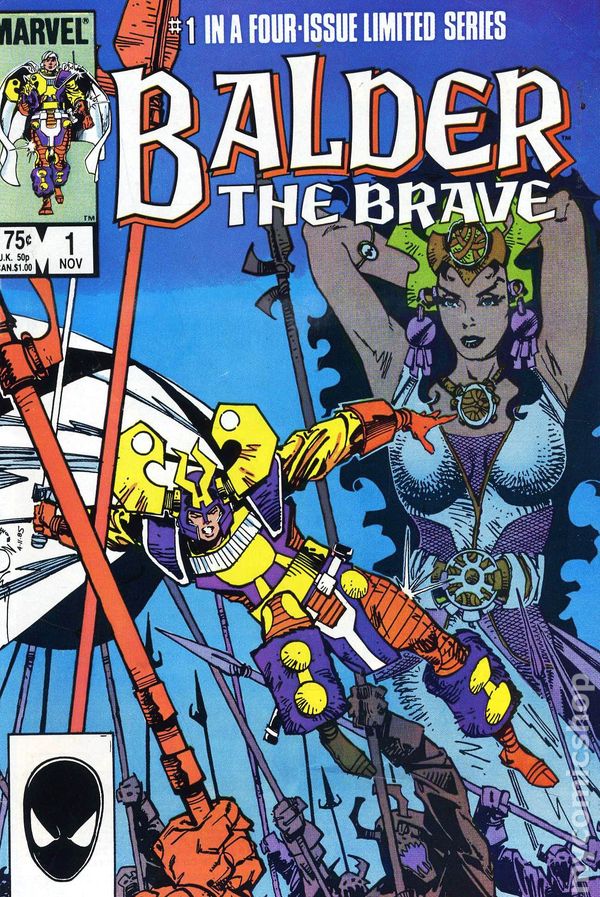

These experiences of death led Balder to forswear the life of a warrior and tried to forget his misery through eating, growing considerably fat. Later, Balder's beloved, Nanna, sacrificed herself to save Balder from entrapment in marriage to Karnilla, and Balder was so distraught that he resolved never to speak of this incident or of her again.

Odin prevented Balder from actually dying, but when he was finally restored to life, his hair had turned white as a result from his experiences in Hel. Loki, the god of mischief, learned of the prophecies and vulnerability, and tricked the blind god Hoder into firing an arrow tipped with mistletoe wood at Balder. įrigga cast spells that would protect Balder from harm by any living or inanimate thing while he was in the Asgardian dimension however, Balder remained vulnerable to mistletoe. Seeing that Balder did not flinch, Odin was content that Balder was the bravest in all of Asgard and decided to grant him the invulnerability. Odin ordered his brothers Tyr and Honir to shoot arrows and throw lances at Balder, but the projectiles were stopped by an eagle and a plant. īefore he allowed her to cast the spells, however, he accused Balder of treason, because during a battle with the Storm Giants, he had deserted the fight to put a bird who had fallen from its nest, back with its mother. Due to prophecies that Balder's death would help trigger the coming of Ragnarok, the destruction of Asgard and its inhabitants, Odin, ruler of Asgard, commanded his wife Frigga to make Balder invulnerable to harm. I can only imagine that for someone who read Thor, but not the Balder the Brave miniseries, at the time his appearance might have seemed a little off-putting.Balder the Brave was one of the Asgardians, an extra-dimensional race of beings once worshiped by the Vikings and Germans, as well as half-brother and close friend to Thor. One thing that it would have done is set up the prominence of Utgard-Loki as a character at the end of the run. Not sure that it would have been better or worse, but I think it would have been possible. Flashing sideways to Balder and his adventures for a few pages an issue, over a larger number of issues (reworking the chronology as necessary) in a Claremontesque fashion.

One thing I wonder is how this material would have worked if Simonson had integrated it into his Thor run as an ongoing subplot (lengthening the run to allow this). Our hosts commented that Balder is maybe not as compelling a figure as Thor or Sif, because he’s such an uncomplicatedly good guy. Is this meant to be Gerd’s revenge for Skirnir’s nasty and unpleasant methods of persuasion in the Poetic Edda? There’s this whole story here that we’re not getting, which seems to be Simonson’s imagined continuation of the story of the courtship of Gerd from the Eddas.

And the caption boxes, combined with Skirnir’s vulnerable pose, seem very ominous: “But although the sword made its wearer unconquerable in battle… it did not bestow protection against guile and subtlety.” It’s not made explicit, but I think this hints that Gerd takes the sword and kills Skirnir with it? It’s clearly meant to be Gerd who’s stealing the sword. – The opening backstory for the sword is fascinating. Having listened to the podcast, a couple of scattered thoughts:.


 0 kommentar(er)
0 kommentar(er)
